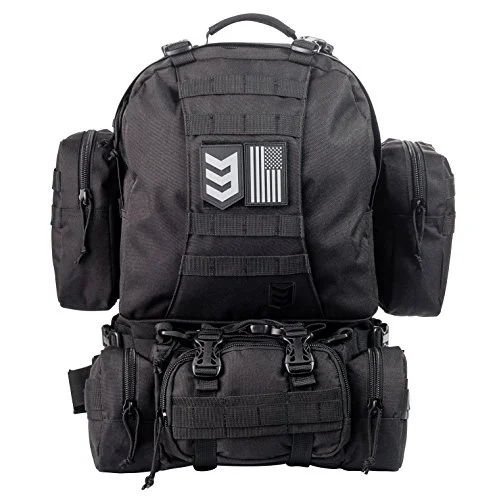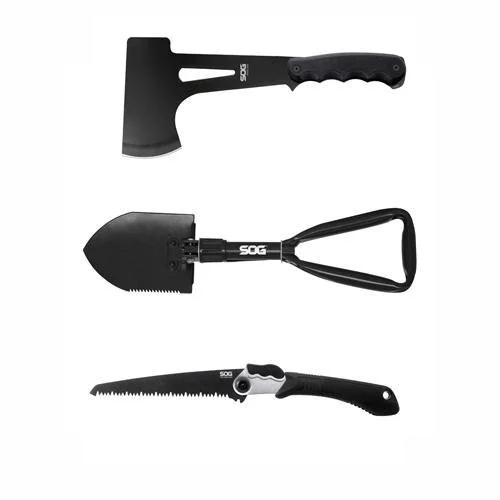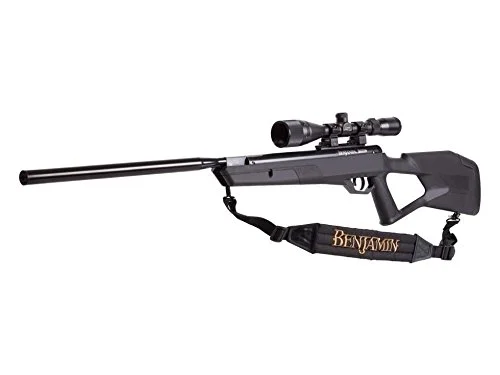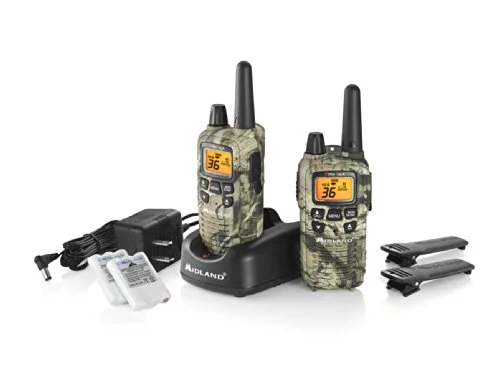72 Hour Kits
This is an amazing article from Ready Nutrition on 72 Hr kits or Bug out bags. Please follow links to her site, she does an amazing job and is a leader in the art of Prepping.
Many prepping websites have multiple articles on 72 hours bags (aka: evac packs, bug-out-bags, blow out bags or survival kits). Every family should have a 72 hour kit ready, not because we should all run for the hills, but because there may be an unforeseen disaster such as a chemical spill or flash flooding where your family will have to make a swift evacuation.There are certain disasters that can occur with little or no warning such as fires, hurricanes and flooding. Having things in order as well as a plan in place will expedite the process of leaving, as well as keeping things running as smoothly as possible. The main goal of having a 72 hour bag is to be equipped to survive a three day period; and in this case, survival is dependent upon you. Therefore, the 72 hour bag should be pre-assembled and ready to go as well as have a 72 hour bag separately for the vehicle.Personally speaking, when I assembled my family’s bug out bags it took a few hours to run through the house getting all the supplies in order. If I was in a time sensitive situation, I would have forgotten half of the items I packed. It’s essential that your B.O.Bs (Bug Out Bags) are ready to go.
What To Put Into a 72 Hour Kit?
The type of bag used for evacuation purposes is not important – some use duffle bags, backpacks and suitcases to store their gear in. Ensure the bag is sturdy and has the ability to hold gear and equipment. Many preppers have purchased their bags at military surplus stores due to the high grade fabric used. Another consideration is for the bag or container to be waterproof. For those with multiple people in their family, each person in the family should have their own 72 hour bag that is placed into a large plastic container. A bag or container with a carrying handle would be advisable if the container holds many items or is for a family. Some thoughts to keep in mind when preparing your 72 hour bag are:
- Have a plan in place (choosing the location, let family members know where your destination is, the contact information, a secondary destination, etc.) Click here for a checklist on creating a family emergency plan.
- Keep the basic needs in mind: food, water, shelter, clothing, safety and communication.
- Try and find items that are light weight, functional and versatile so that carrying them in a container will not be a strain.
- Take your bag out and use it a few times to test that nothing is forgotten.
Food – In a bug out situation, put thought into the situation you could find yourself in. You will be in a high stress environment where you may be on foot walking for long periods, or for that matter walking up and down hills. The foods we will carry will make all the difference in the world in terms of maintaining energy levels, and nutrition. Many preppers underestimate how much food they will need for their 72 hour bags. They believe that living off of survival bars for a main source of nutrition for 3 days will give you the optimum nutrition. This just isn’t so.When you are preparing your bug out bag, you want your diet to give you ample calories, carbohydrates, protein, vitamins and some fats. Keep in mind that ages and genders will play a role in calorie consumption. As mentioned, you will be operating in a high stress and high energy environment, therefore your body needs to be running as efficiently as possible. With this in mind, you should plan to eat small meals every 2-3 hours. Click here for a list of adequate bug out meals.Have a means to prepare your food. A lightweight camping stove to cook food in, and purify water will increase your chances of survival. Try and find foods that are light weight an high in essential nutrition in order to increase your energy levels. Click here for more information on bug out meal planning. Have enough food for a 3 day period. Some other possible food suggestions would be:
- MRE’s
- Crackers
- Pasta
- Hard candy
- Energy bars
- Dried fruits and nuts
- Instant oatmeal
- Granola bars
- Powdered milk
- Jerky
Some other suggestions for meals would be:
Water – Having a good water supply is more important than food. A person cannot go without 3 days of water so have a plentiful amount. Disaster organizations stress for each person to have one gallon of water per day. In an emergency situation, it is also one of the first items to disappear off of a store shelf. Having this stored in your 72 hour bag may be different. Therefore, many carry large water travel water bottles and then carry water purification tablets or a water filter to keep their load down. Here are some additional ideas for carrying water:
-
-
- Individual water bottles in the pack, gallon jugs of water, etc.
- Canteen
- Collapsible water container
- Portable water filter
- Water purification tablets
- Life straws
- Hydration powders
Clothing – Clothes in the 72 hour bag should be rotated every season and be appropriate to the environment you are in. As well, finding clothing that wicks moisture away would be helpful in both warm and cold climates. Having items in your bag that can be layered is a great option.
-
-
- If it is the winter season: Pack all cold weather essentials for maintaining body heat: Layered clothing, warm hat preferably with flaps over the ears, waterproof pants, mittens, etc.
- Work gloves
- Have at least one change of clothing in your bag and two extra pairs of socks.
- A good pair of boots (hiking or combat boots) with a deep trench in the sole.
- Rain suit
- Poncho
- Hat to keep the sun off your face.
- Bandanna
Shelter – A shelter is to keep out the natural elements at bay as well as provide a warm place to sleep to maintain body temperature.
Fire – Having a means to producing fire will help maintain proper body temperature, assist in cooking food, and boiling water. If an emergency arises and you have to leave, you want to be able to have items on hand to make a fire to stay warm.
Communication – In a survival situation, communication is key. Family members and friends want to know that everyone is safe and sound and have made it to their ideal locations. Additionally, news sources such as radios need to be heard to find out if you are in a safe location, safe to go back to your home or are in a dangerous area.

























